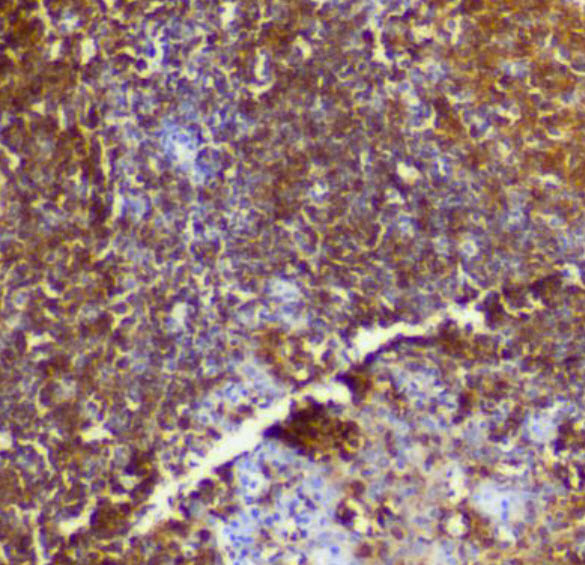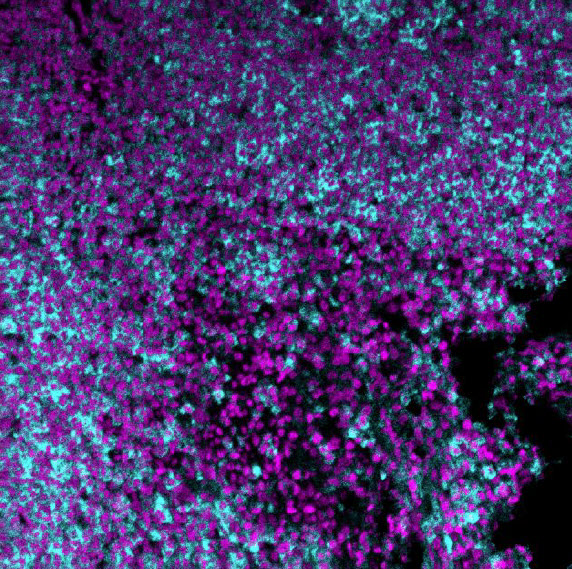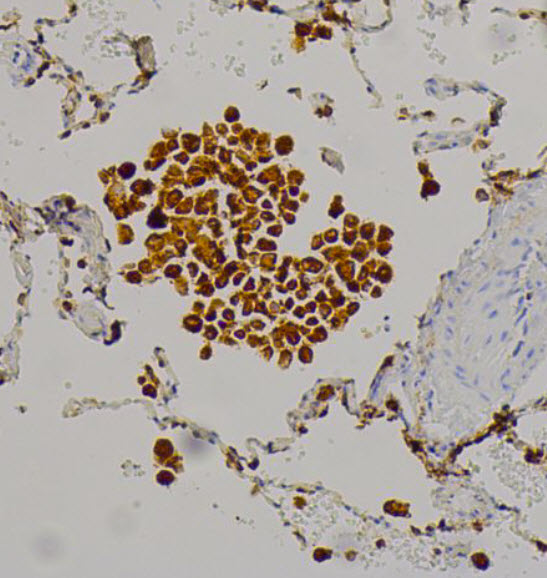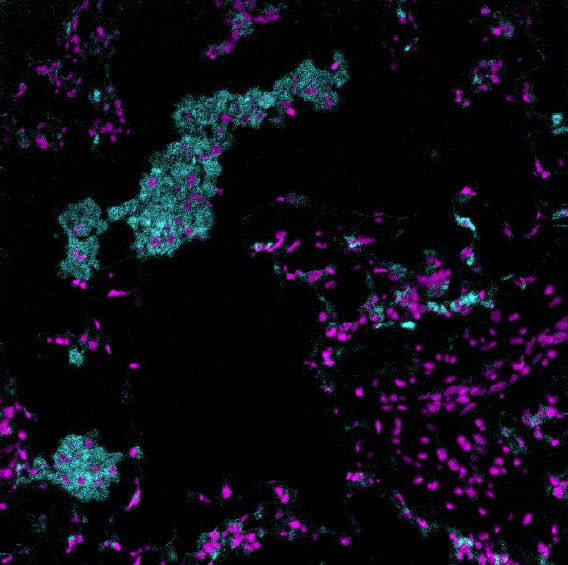HLA-DR Antibody – 172Yb
Reactivity: Human*
Storage: HLA-DR Antibody is supplied in antibody stabilizer with 0.05% sodium azide. Store at 4°C


(cyan) of FFPE human tonsil, counterstained with dsDNA (magenta)


Validation: Each lot of conjugated HLA-DR antibody is quality control tested by MIBIscope™ analysis of stained tissue microarray using the appropriate positive and negative tissue field of views and are pathologist verified.
Recommended Usage: 1 uL of HLA-DR antibody per 100 uL staining volume using the MIBI™ Staining Protocol.
For optimal results, antibody should be titrated for each desired application. Suggested starting range is 1:100.
MIBI technology: Learn more about MIBI™ Technology, a multiplex IHC technology with unmatched sensitivity and true subcellular resolution.
References
- Miyadera, H. and Tokunaga, K. Associations of human leukocyte antigens with autoimmune diseases: challenges in identifying the mechanism. Journal of Human Genetics. 2015; 60:697–702.
* Conjugate tested on human tissue.